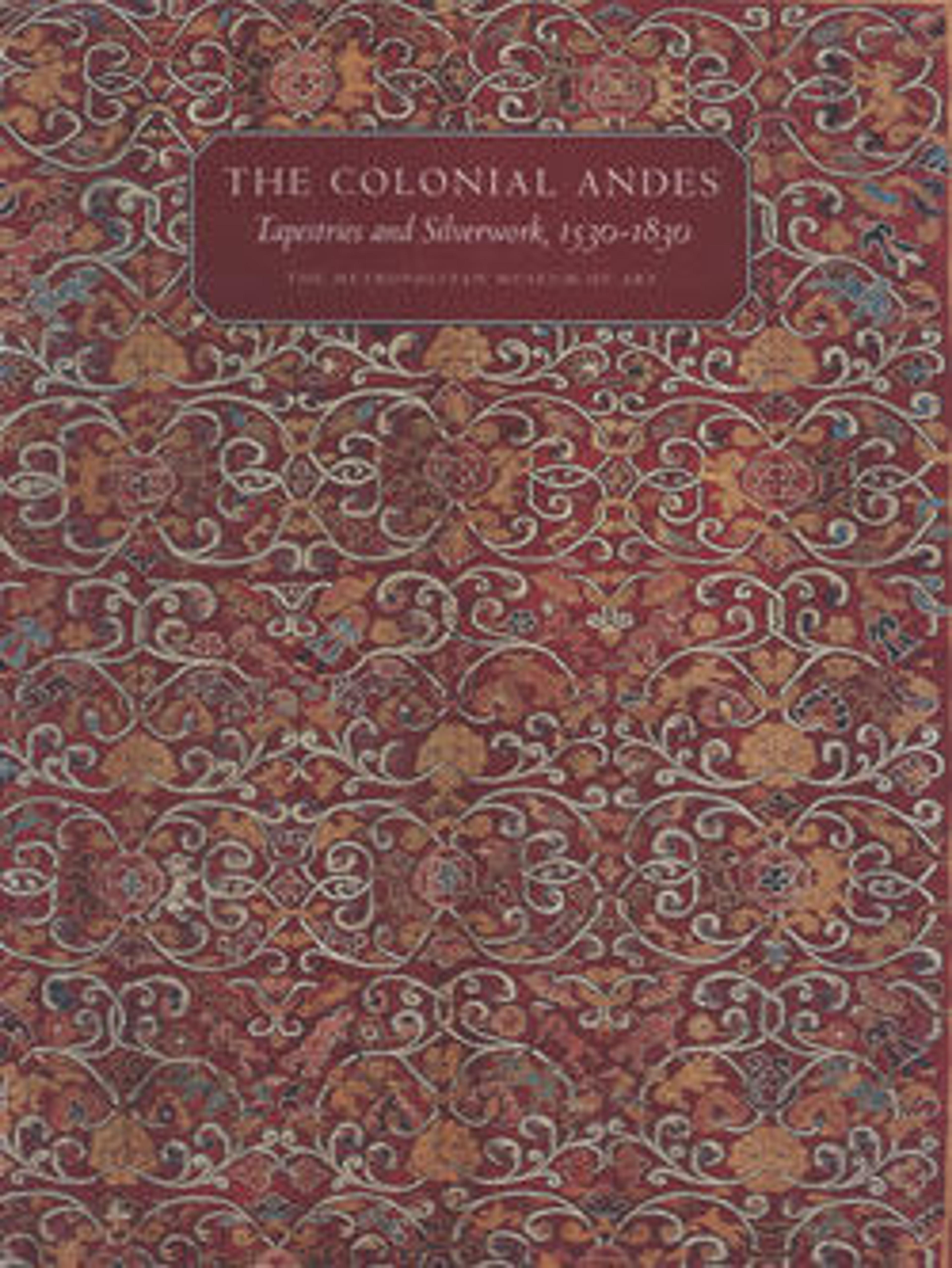Kero
The painted faces on keros of this type indicate that they are meant to represent the forest-dwelling Anti. The eastern slopes of the Andes, descending to the tropical forest of the great river basins, were populated by this ethnically separate group, also called Chunchos and considered savages by the inhabitants of the Incan Eempire in the high plateaus and the Pacific coast.
Despite their resemblance to face beakers of the Precoluombian era, keros shaped in the form of human heads are widely believed to have evolved in a later colonial phase; the "free-style" images that frequently wrap around the backs come far closer to European narrative form in their arrangement than do the rigid depictions of humans on early colonial keros. Here the scene on the back depicts a procession of several figures in Spanish attire: two attendants follow an official who is preceded by two small musicians (one above the other) playing a trumpet and drum.
The overall message, however, is still conveyed in terms of the dichotomous Inca worldview of balanced opposites: imperial order (the narrative processional scene) counters the forces of disorder (the Anti, implicit in the vessel's shape).
Despite their resemblance to face beakers of the Precoluombian era, keros shaped in the form of human heads are widely believed to have evolved in a later colonial phase; the "free-style" images that frequently wrap around the backs come far closer to European narrative form in their arrangement than do the rigid depictions of humans on early colonial keros. Here the scene on the back depicts a procession of several figures in Spanish attire: two attendants follow an official who is preceded by two small musicians (one above the other) playing a trumpet and drum.
The overall message, however, is still conveyed in terms of the dichotomous Inca worldview of balanced opposites: imperial order (the narrative processional scene) counters the forces of disorder (the Anti, implicit in the vessel's shape).
Artwork Details
- Title: Kero
- Date: late 17th century
- Geography: Peru
- Culture: Quechua
- Medium: Wood (escallonia), pigmented resin inlay
- Dimensions: H. 8 5/8 in. (21.9 cm)
- Classification: Wood-Containers
- Credit Line: Bequest of Arthur M. Bullowa, 1993
- Object Number: 1994.35.26
- Curatorial Department: The Michael C. Rockefeller Wing
More Artwork
Research Resources
The Met provides unparalleled resources for research and welcomes an international community of students and scholars. The Met's Open Access API is where creators and researchers can connect to the The Met collection. Open Access data and public domain images are available for unrestricted commercial and noncommercial use without permission or fee.
To request images under copyright and other restrictions, please use this Image Request form.
Feedback
We continue to research and examine historical and cultural context for objects in The Met collection. If you have comments or questions about this object record, please contact us using the form below. The Museum looks forward to receiving your comments.
